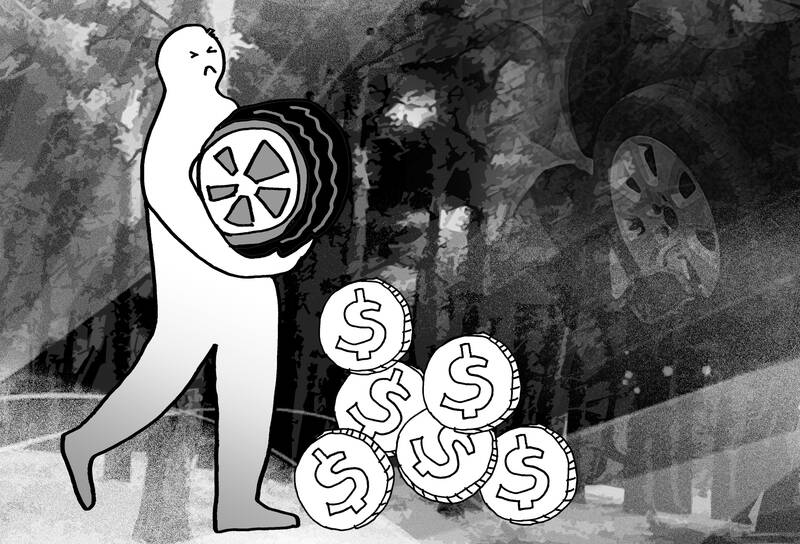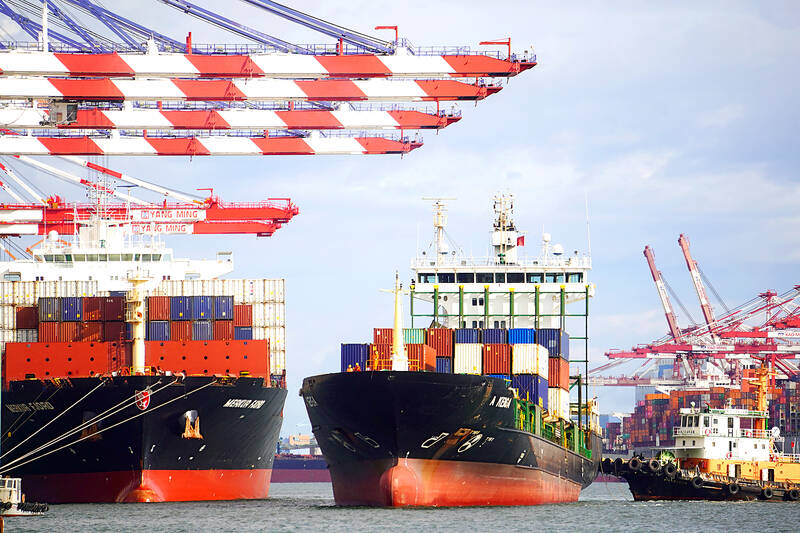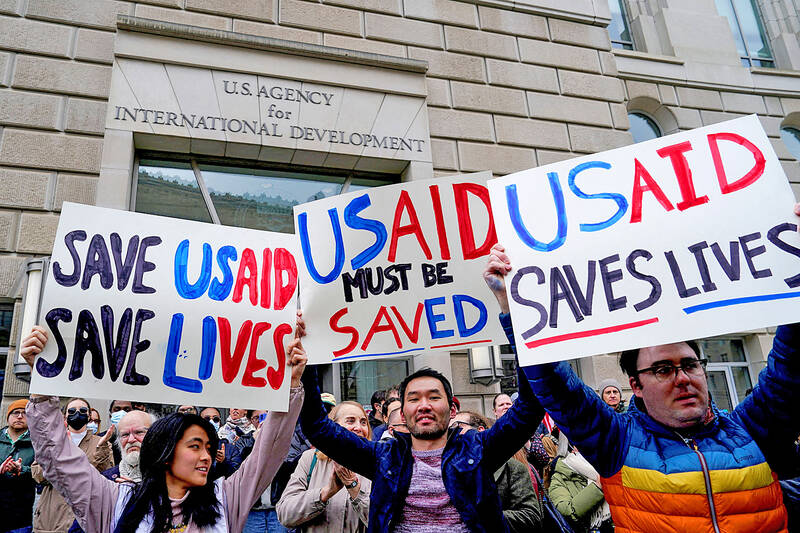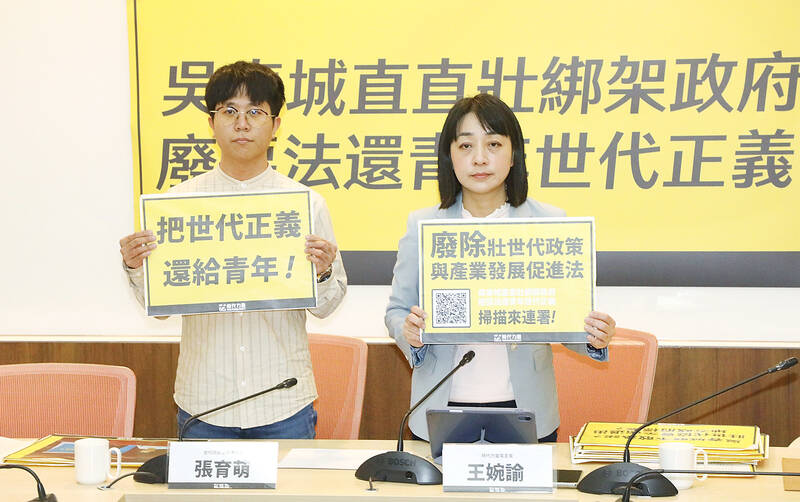Not only is rubber a climate-sensitive crop, electric vehicles use even more rubber than before
-
By David Fickling
/ Bloomberg Opinion
If you are looking for a bounce in commodity markets, you could do worse than focus on rubber.
Tokyo-traded futures have gained about 40 percent over the past year, making it one of the best-performing agricultural products alongside two other tropical forest crops, cocoa and coffee. Despite selling off after hitting a seven-year high in October last year, since November the contracts have climbed another 10 percent to put them within range of a fresh record.
Climate change is a major factor in this shift, on both the demand and the supply sides. The energy transition is going to mean the world needs more rubber in future than the roughly 15 million metric tonnes produced at present. At the same time, a changing climate and economic growth are making it harder to produce the stuff. The combination of the two factors could only be bullish for prices.

Illustration: Tania Chou
Consider demand first. About three-quarters of tree rubber goes into a single product — vehicles, where its hard-wearing qualities make it an indispensable material for the wheel treads that help your car grip the asphalt. Most tires use a synthetic equivalent made from petroleum for the walls and substrate, combined with latex on the road surface.
You might think that the shift toward more sustainable means of transport would be bad news for that, but in truth it is the opposite. While sales of internal combustion engine cars peaked in 2017, the army of electric vehicles (EVs) taking their place would be even more hungry for rubber.
Batteries that make them heavier than conventional vehicles, combined with their ability to accelerate faster, mean that wear and tear on an EV tread is far more taxing. EVs consume tires about 20 percent faster than conventional vehicles, Scott Clark, an executive vice president at Michelin, told investors in a 2022 call. With plug-in cars already hitting 50 percent of the market in China, that is going to mean an increasing share of the global fleet would need to replace its rubber more frequently than in the past.
Then look at supply. Rubber trees are highly sensitive to temperature and humidity, requiring a relatively constant average of 26°C to 28°C and plenty of rainfall. Nights have to be relatively cool, because latex is tapped during the dark when the lower temperatures help it flow more freely. More than 80 percent is grown in Southeast Asia, with about a third of the crop from Thailand alone, a fifth from Indonesia and one-tenth from Vietnam. It is a labor-intensive product, overwhelmingly grown by smallholders who must tap each tree individually.
A warming planet is already throwing that delicate climatic equilibrium off balance. In Thailand, the most long-established plantations in the south are losing ground to new areas further north, as the optimal growing region edges away from the equator. That is raising the risk of deforestation in the new districts, even as new EU regulations coming into force next year impose stringent supply-chain checks to prevent it.
Floods in southern Thailand early last month accentuated the ongoing decline, with the government estimating that output would fall by around 320,000 tonnes — equivalent to about 2 percent of global annual consumption — because the floodwaters would cut farmers off from their trees.
Those EU deforestation rules might also prove particularly challenging for rubber. The regulations are meant to make it harder for tropical crops to expand the way they have often done in the past — by following the chainsaw when virgin rainforest is cut down. That means they would have to fight harder to justify their place on the land that remains, so marginal crops are likely to lose out to more profitable farm products. Even before the EU regulations, latex had been losing ground: The area planted in India has fallen by about 102,000 hectares since 2010, equivalent to about 20 percent of its total rubber expanse at that time.
The biggest threat here is palm oil. Oil palms take far less time to grow to maturity, and require far fewer workers to harvest them. As a result, they get a much better return for farmers than rubber. In Sri Lanka, profits per hectare for palm oil are more than 20 times what you would get with rubber, according to one study last year. That is already leading to conversion of plantations, with about 10,500 hectares per year in Indonesia and Malaysia switching in the latter part of the 2010s.
Problems in agricultural industries are often solved by the miracle of crop yields — the ability of farmers to produce more and yet more from the same hectares, year after year. The problem with rubber is that it is so dominated by small-scale producers growing it to supplement subsistence livelihoods that old plantations are not being replaced fast enough. Yields in Thailand peaked as far back as 2004 and have fallen about 27 percent since. In Indonesia, they are down by a similar quantum since they topped out in 2017.
Rubber is one of the only polymers we use that is entirely natural and more or less carbon neutral. Let us hope high prices are sufficient to bring more capital into an industry that has been starved of it for generations.
David Fickling is a Bloomberg Opinion columnist covering climate change and energy. Previously, he worked for Bloomberg News, the Wall Street Journal and the Financial Times. This column does not necessarily reflect the opinion of the editorial board or Bloomberg LP and its owners.
#Fixing #flat #tire #cost #climate #change












Leave a Reply